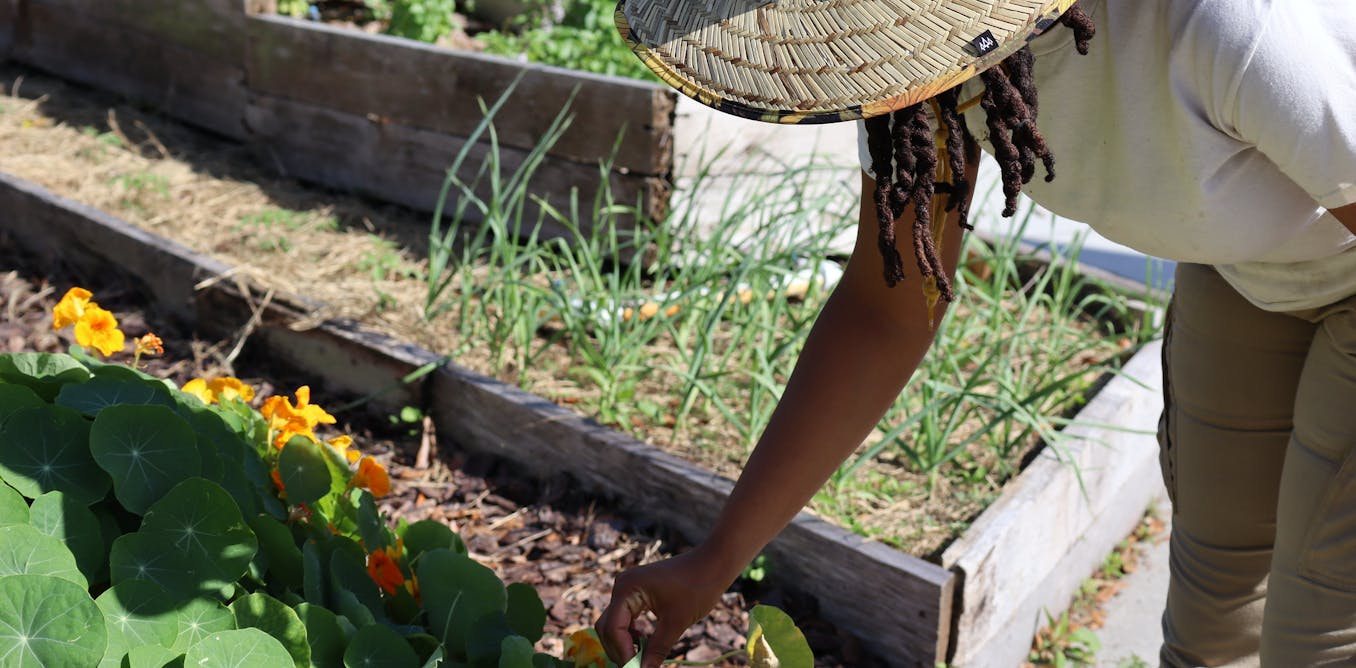The Facts About City Blooming Uncovered
The Facts About City Blooming Uncovered
Blog Article
Some Known Details About City Blooming
Table of ContentsThe Basic Principles Of City Blooming 7 Simple Techniques For City BloomingThings about City BloomingAn Unbiased View of City BloomingFascination About City Blooming
Fascinated in expanding food available in the City of Chicago? Considering starting a community garden? Adjustments to the Chicago Zoning Statute enable agricultural usages like community yards and urban ranches in numerous parts of the city. Below is a checklist of regularly asked inquiries pertaining to the regulations and policies that farmers should take into consideration when intending a city agriculture task.
The zoning modification does not change any other codes handling composting, building licenses, acquiring or renting City possessed residential or commercial property, service licenses or environmental contamination. There are existing codes that manage these issues and they continue to be completely impact and might be appropriate to your task. Area yards are normally had or handled by public entities, public companies or community-based organizations and preserved by volunteers.
Urban ranches grow food that is meant to be offered, either on a nonprofit or for-profit basis. Due to their industrial purpose, city ranches require an organization permit.
The 2-Minute Rule for City Blooming
The amount of garden compost product can not exceed 25 cubic backyards at any given time according to the standards in 7-28-715 of the City's Municipal Code. Due to the fact that the soil at many new garden sites requires changing, garden compost, dirt, wood chips, or various other products can be gotten to create or boost the expanding room.

If a structure authorization is called for after that the hoophouse will be taken into consideration an accessory structure. You can learn even more regarding the structure license requirements by speaking to the Department of Buildings. The 25,000-square-foot size restriction is meant to stop a single community yard from dominating a provided block or interfering with the block's existing property or business personality.
The limit does not relate to gardens situated in Public Open Room (POS) areas. Can there be greater than one community yard that is 25,000 square feet on a solitary block? Yes. The dimension limit puts on individual yards, not to individual blocks. No. Fencing is not required, however, gardens that have big parking lot might be needed to mount fencing or other landscape design features.
Not known Facts About City Blooming
B1 & B2 districts require that all industrial use tasks be conducted inside. Is fence needed for metropolitan farms? Fencings might be needed, along with landscape design and testing, for certain car parking locations and exterior work or storage areas depending on area and the specific task taking area.
Yes. Urban ranches call for building licenses and zoning approvals prior to construction. Other kinds of city testimonial may be required depending on details structures, tasks, dimension, landscaping, licensing, public heath and stormwater monitoring concerns. Much of these demands are recognized in the task design or allowing process, nevertheless, the candidate may be responsible to individually identify specific licenses or permits that may be needed.
Yes. The sort of permit is figured out by what is occurring at the website. The Division of Service Affairs and Customer Defense can assist identify the certain sort of service permit that's called for. Yes. Off road car parking is required for the majority of commercial tasks in Chicago. The called for variety of garage is based upon the number of employees working with site and not the square video of the growing space.
Facts About City Blooming Uncovered

Yes. A metropolitan ranch can sell compost material produced on site, nonetheless, the procedure has to abide by the laws in 7-28-715 of the Chicago Municipal Code. Yes. Aquaponic systems are enabled inside your home on metropolitan farms in many zoning districts. A zoning evaluation and building authorization is needed in order to install structures or systems and a service license is called for as described above.
Up to 5 hives or nests of honey bees might be maintained as an accessory use. Beekeepers must register with the Illinois Department of Farming. To find out more concerning the suggested zoning amendment you might call the Division of Housing and Economic Development, Bureau of Preparation and Zoning at 312.744.8563.
Farming in cities and metropolitan locations A metropolitan ranch in Chicago. Urban farming describes various techniques of cultivating. https://city-blooming-46604195.hubspotpagebuilder.com/blog/city-gardening-cultivating-green-spaces-in-urban-areas, handling, and distributing food in metropolitan locations. The term additionally uses to the area activities of animal husbandry, tank farming, discover this info here beekeeping, and horticulture in an urban context. Urban farming is differentiated from peri-urban agriculture, which occurs in backwoods beside suburbs.
About City Blooming
It can involve a motion of organic cultivators, "foodies" and "locavores", who seek to create social media networks based on a common ethos of nature and community holism. These networks can create using formal institutional assistance, becoming incorporated into local town as a "shift community" movement for sustainable urban development.
In either situation, the extra direct accessibility to fresh veggie, fruit, and meat items that may be understood via metropolitan agriculture can boost food safety and food security while decreasing food miles, leading to lower greenhouse gas emissions, consequently adding to climate adjustment mitigation. Several of the initial proof of metropolitan farming comes from Mesopotamia.
Report this page